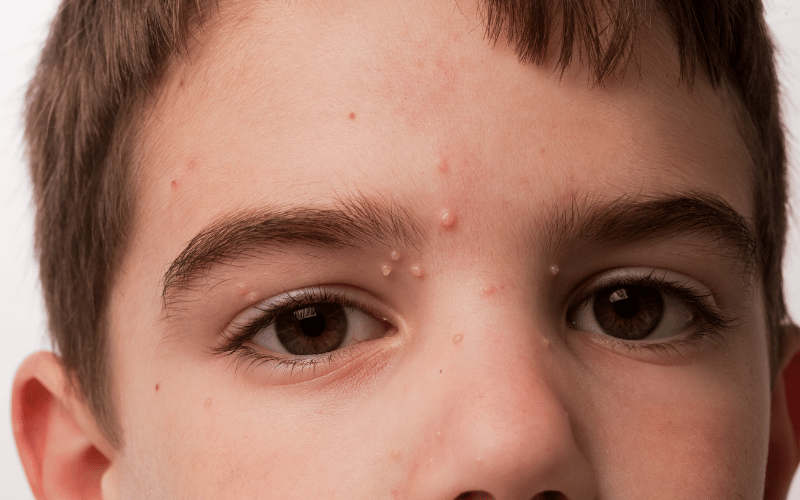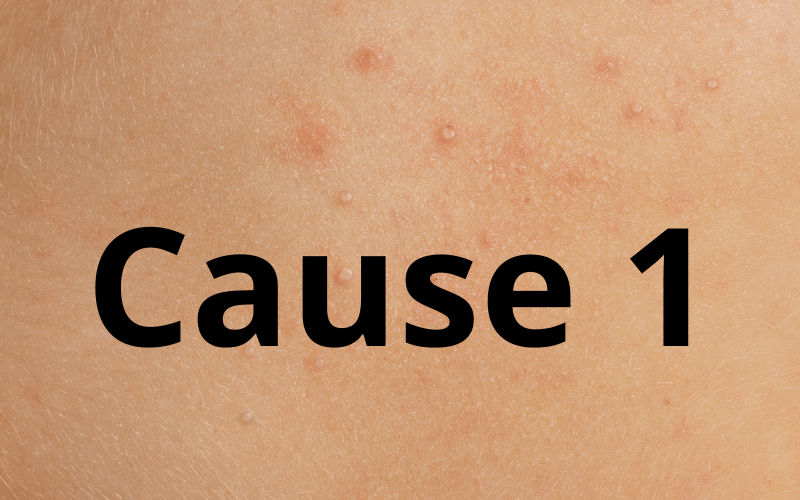Introduction: Decoding Molluscum Contagiosum (MC)
Molluscum Contagiosum – a term that might sound complex but is commonly encountered, especially among parents with young kids. Often dubbed as MC or water warts, this viral skin infection has become increasingly prevalent in recent times. But why? The primary reason for its widespread nature is its transmission ease, often causing a flurry of concern among adults and parents alike.

At its core, MC is more than just a skin ailment. It is a reflection of our interconnected environments, how we interact, and the invisible microbial world that exists alongside us. It’s not a condition that affects only those who aren’t careful; it’s one that can affect anyone, underscoring the need for a deeper understanding and awareness.
In this article, we’ll unravel the top 5 causes of MC. But before we venture into the specifics, it’s crucial to grasp the foundational knowledge of this condition. Think of it as understanding the plot before delving into the intricate subplots of a novel.
So, what is Molluscum Contagiosum exactly? It’s a skin infection caused by the molluscum contagiosum virus (MCV). The most visible symptom is the presence of small, raised, and firm bumps on the skin. These might be pearly or flesh-colored, often with a dimple in the center. Although the condition itself isn’t dangerous, it can be discomforting and, in some cases, itchy. Its contagious nature means that it spreads with relative ease, making prevention all the more essential.
With that foundation set, let’s explore the primary culprits behind the spread of this skin condition.
Cause 1: Direct Skin-to-Skin Contact

Direct physical contact with an infected person remains one of the primary transmission pathways for the Molluscum Contagiosum virus. Imagine a scenario where children, with their innocent intentions, play, hug, or even simply touch hands. They unknowingly set the stage for the virus to hitch a ride from one to another.
Playgrounds, schools, or any environment where children cluster, become fertile grounds for the MC virus. This is not exclusive to children, though. Adults, especially in close-contact professions or settings, are equally susceptible. It highlights the criticality of being cautious in our interactions.
Given this contagion ease, it’s essential to promote personal hygiene. Washing hands frequently, using sanitizers, and being aware of our interactions can go a long way. In a world that’s hyper-connected, sometimes, a little distance can keep this microscopic menace at bay.
Moreover, educating young ones about personal space and cleanliness becomes paramount. It’s not about instilling fear but fostering awareness. Knowledge can empower them to make informed choices, turning them into proactive defenders against such infections. All in all, while human interactions are invaluable, a touch of caution ensures these moments remain cherished and not overshadowed by the looming threat of MC. (1)